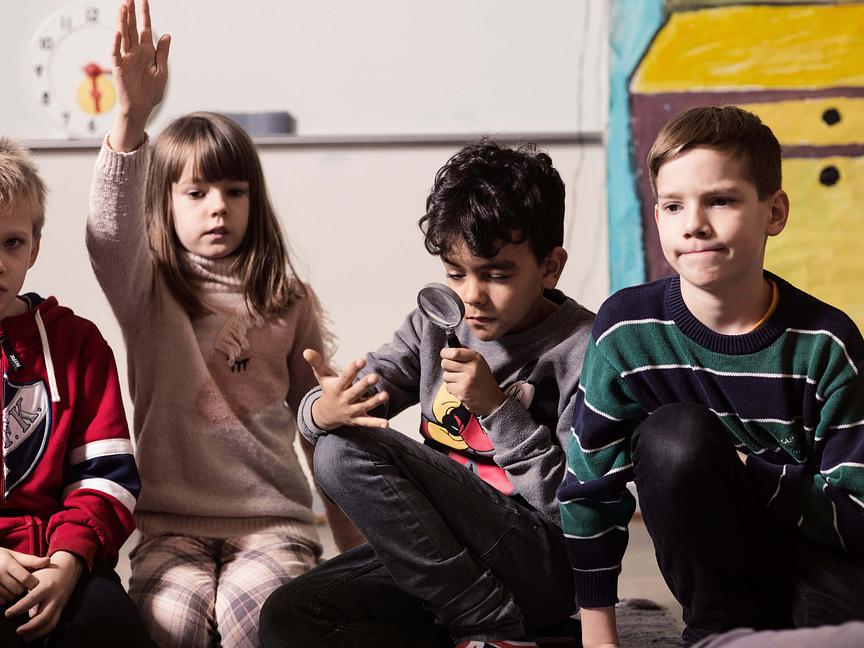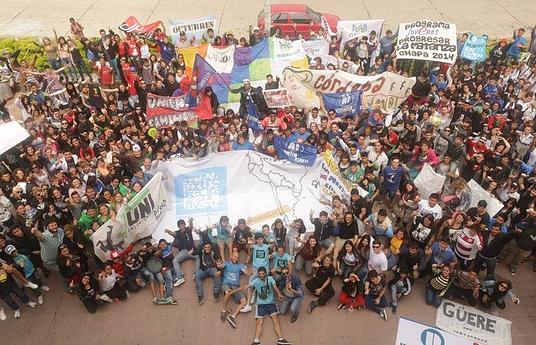Learning is the most important objective of schools. According to international studies, inserting physical exercise to the school day can have a positive effect on many prerequisites of learning, such as cognitive abilities, concentration, behavior and satisfaction. The positive effects of exercise are apparent, and even a great deal of exercise during the school day does not hamper learning results in academic subjects.
Even though the effects of exercise on learning are widely recognized, only few children move according to recommendations. Physical exercise during the school day has the greatest impact on the students that move the least. Children get about a third of their daily recommended exercise at school, but for the least active group, school exercise may represent an even larger portion.
The Schools on the Move program is a top priority in the Finnish government program regarding knowhow and education. The government’s goal is that the initiative will reach every school and every student in basic education gets at least one hour of physical exercise a day.
The program consists of three key elements:
-
Student participation
-
Learning
-
More movement and less sitting
The national Schools on the Move program is based on schools participating and registering on a voluntary basis. It provides tips and support for more active school days, but in the end, the school must decide how they can increase student activity and exercise during the school day.
The program has proven to be a very efficient way to increase physical activity. Students at active primary schools reach the national exercise recommendation more often than students in other primary schools. Almost two thousand schools have become part of the program, and the model is becoming available for high schools, vocational schools and higher education, as well.



